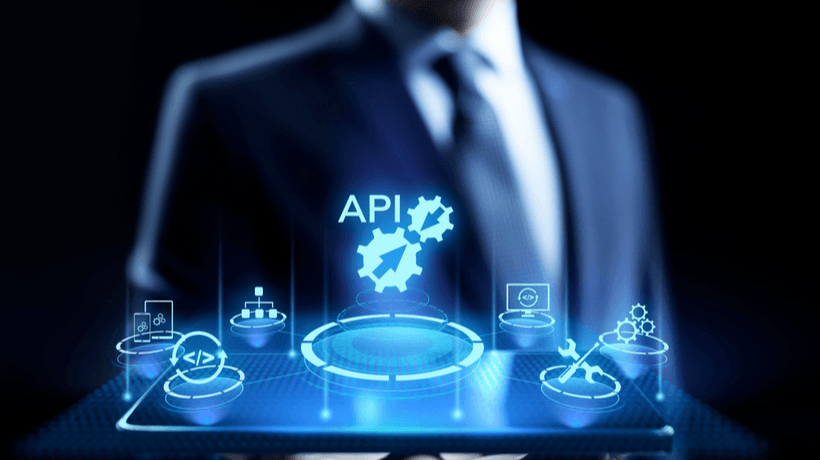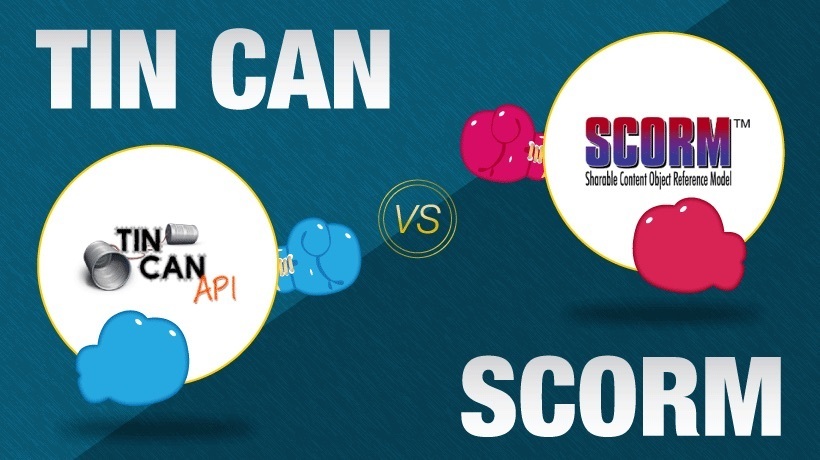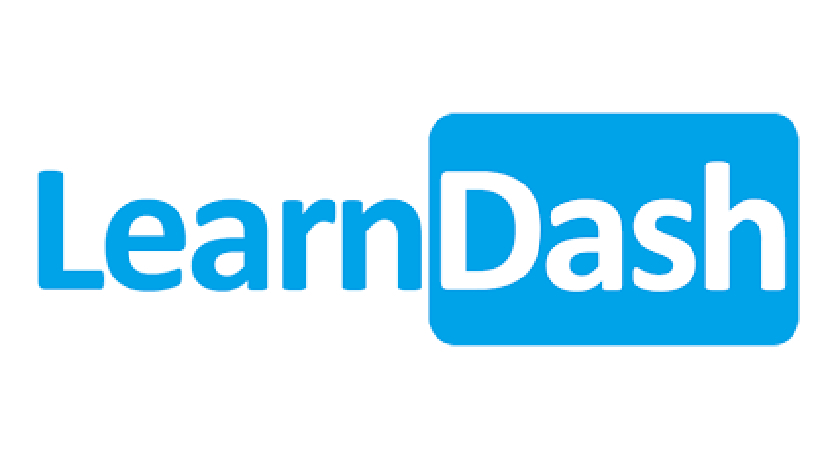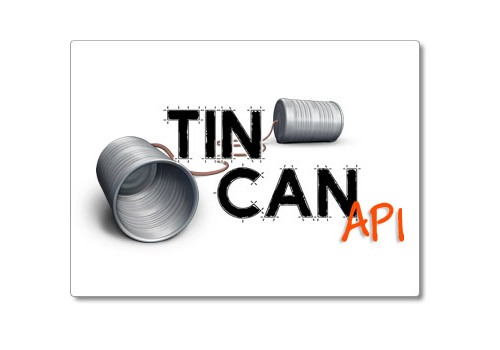Tin Can API
An API is nothing but an application programming interface which is a connection between two or more computers or computer programs that can exchange data or take a service from one another. This is similar to a user interface that allows a computer or a program to interact with human users. There are set standards of APIs that programs must conform with to be able to interconnect using API.
The most well-known APIs in the eLearning industry are the AICC and SCORM. These allow information exchange between a learning management system (LMS) and an actual eLearning module. A common example of data exchange is a user name being pulled into a module from an LMS and a score being pulled into an LMS from a module.
Tin Can API or xAPI is an advancement in the SCORM API. It defines standards for recording and tracking learners’ activities and experiences from an LMS and modules. It can track both online and offline activities. It can track simulations, group activities, games, conferences, mentoring, and many more. One of the key features of Tin Can API is that it records information in a readable format rather than just simple data.
Let’s take an example: Suppose Campbell is a learner who participated in an online group discussion. This activity will be recorded as "Campbell participated in a group discussion and contributed to the group." It thus gives more insight than simple tracking. All the activities are stored in a database. This database is called a learning record store (LRS).
Benefits Of Tin Can API
Tin Can API gives a lot of benefits and flexibility. Some of these are as follows:
- Better integration
Tin Can API integrates better with the workflow of an organization. It gives the flexibility of a learning activity without connecting to an LMS or even an internet connection. - New-age learning
New-age learners are not limited to online modules and PowerPoint. They want to learn from social media streaming services offline, at their convenience. Tin Can API enables learning content to be delivered and tracked in any platform outside an LMS. Thus, learners and content creators have a better connection. - State-of-the-art data sharing
Tin Can APIs are a lot more versatile in data sharing. Each LRS can interact with the other. This makes data sharing among departments easy and convenient. - Track training and performance
Tin Can API goes beyond the tracking of learning activities only. It can track user experience and performance also. Thus, it helps in the measurement of training ROI.
How Does It Work?
LRSs are key to the functioning of Tin Can API. Each event or activity of each user is stored as an LRS. LRSs allow a computer to create and exchange a series of data statements in the background. Like in any other API, the way the data is created, stored, or shared is very much standardized. The easy-to-read format of an LRS makes it easy to process and understand the data.
Tin Can API As A Substitute Of SCORM
Tin Can API is a great way forward. However, it is still just in the early life stage, while SCORM is widely used all over the world. Instead of replacing SCORM, Tin Can API is seen as an additional feature to SCORM which can interconnect multiple LMSs together. SCORM can track users in the office network while learning avenues have broadened to include various social media and other platforms that SCORM cannot track. Tin Can API can help integrate all information together and help learning and development leaders to understand their users better and make a learning experience impactful and personalized.
Points To Consider Before Implementing Tin Can API
For general purposes of learning management, SCORM is a very good API. Tin Can API gives us lots more data and flexibility in managing the data. However, the question is the utilization of the data. Does an organization need to track user data at the level Tin Can API can do? How will that data be interpreted? How will the interpretation be translated into meaningful learning interventions? These are some of the basic considerations an organization should delve into before deciding on the implementation of Tin Can API.
Conclusion
Tin Can API is a great advancement learning technology. It can open up a new era of learning experience and learning design. It is definitely an advantage for learning designers to be able to design better and impactful learning experiences.










